YTALIA - Energy Thought Beauty. Everything Is Linked.
Inizio evento 02.06.2017 | Fine evento 01.10.2017

articoli pubblicati: 0
opere pubblicate: 0
![]()
Exhibition designer and art director
Sergio Risaliti
Exhibition promoted by the Comune di Firenze
In conjunction with Gallerie degli Uffizi, Opera di Santa Croce, Museo Marino Marini
Exhibition organised by Mus.e
Artists
Mario Merz, Giovanni Anselmo, Jannis Kounellis, Luciano Fabro, Alighiero Boetti, Giulio Paolini, Gino De Dominicis, Remo Salvadori, Mimmo Paladino, Marco Bagnoli, Nunzio and Domenico Bianchi
Italy is a republic founded on art and beauty; one might even say that it is a republic founded and refounded by artists. In Assisi, on one of the vaults in the Upper Church of St. Francis, Cimabue wrote the word Ytalia alongside his depiction of a city, undoubtedly Rome, in which we can recognise a number of the buildings, including the Castel Santangelo, possibly St. Peter's or St. John Lateran, the Pantheon, the Senate and the Torre dei Conti. This bird's eye view of the eternal city nestling within its walls was Cimabue's way of conveying the idea of Italian civilisation, a concept to be admired, to be proud to be part of, and to be unabashedly promoted. In writing that word, Cimabue was telling us that our national borders (in circa 1280/90) were not so much political as artistic, that our national identity is built on Classical and Humanist culture, on pagan beauty and Christian spirituality. Nor has much changed over the centuries that have elapsed since then. Italy is still the home of art and beauty today, as it was from the 14th to the 16th centuries, the centuries of its greatest splendour, and up to and including the 20th century. In that sense, within the international artistic community, Italian art from Giotto, Piero della Francesca, Michelangelo and Caravaggio right up to the Futurist movement and beyond has played the role of a beacon, a model for the rest of the world, because what the world has been able to admire in our art is the perfect balance that that art has invariably struck between the Classical and the anti-Classical, between the eclectic and the pure, between invention and emulation, between the immanent and the transcendent. An exhibition offering Italian and international visitors alike a chance to explore the work of some of the most important Italian artists of our own day is always an important event, not only for the emotions and the thoughts that it provokes but also for the debate that it inevitably sparks.
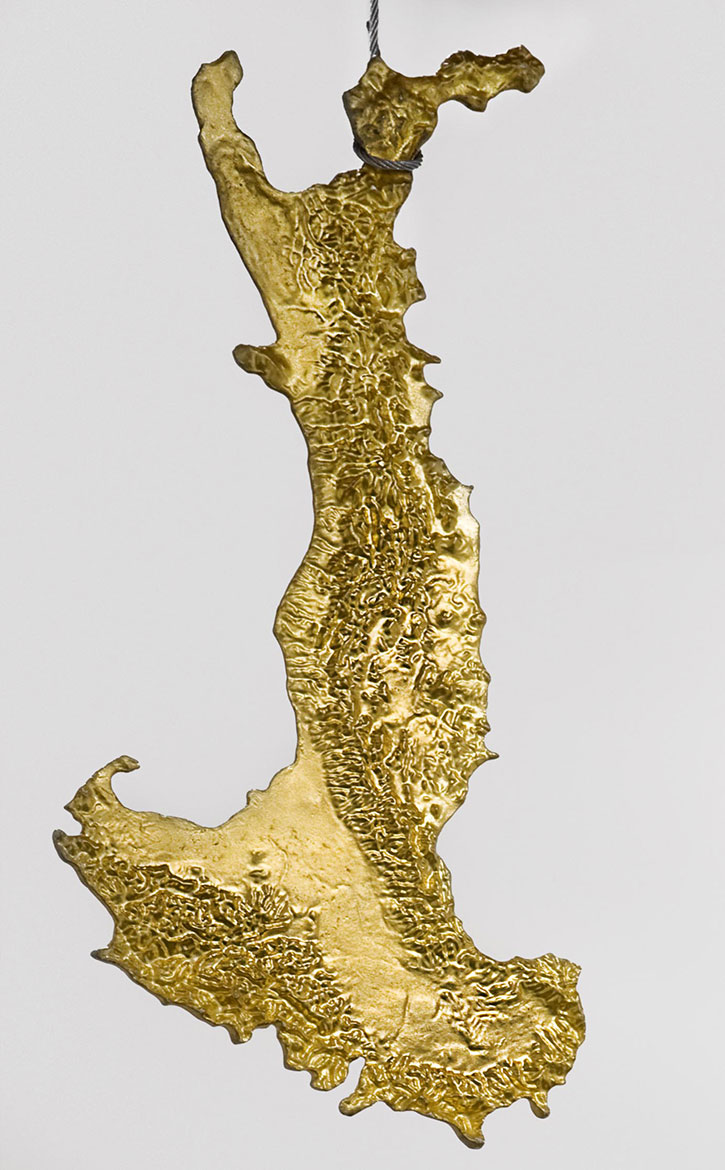
Taking its cue from Cimabue's medieval intuition and designed to run concurrently with the 57th Venice Biennale, a time when the world's eyes are focused on contemporary art in our country, the city of Florence will be hosting Ytalia, a mammoth collective exhibition of contemporary Italian art devised and curated by Sergio Risaliti, from 2 June to 1 October 2017. The exhibition, promoted by the Comune di Firenze and organised by Mus.e, is the product of a joint venture developed in conjunction with the Gallerie degli Uffizi, the Opera di Santa Croce and the Museo Marino Marini. In the words of Florence Mayor Dario Nardella: "The exhibition entitled 'Ytalia' is a major new challenge for Florence: with the work of twelve of the leading artists of our time, we are breathing life once again into the Forte Belvedere for another season of contemporary art, but above all we and the Forte are building a network involving eight splendid spaces – museums, gardens and monuments of civic and religious architecturee – where the past will coexist with contemporary art to create a unique experience that will thrill the people of Florence and visitors alike. At a time when the values of our national identity are being called into question by the new global dynamic, we wish to celebrate the fact that Italy has been playing an exemplary role in the world's artistic development for centuries. Indeed it is no mere coincidence that the first ever G-7 meeting of culture ministers was held precisely here in Florence a few weeks ago, or that it was devoted to the conservation and protection of cultural heritage. But Florence is more than just the cradle of the Renaissance. It is proud to be able once again to lay claim to being a city open to the historicisation and experimentation of contemporary art".
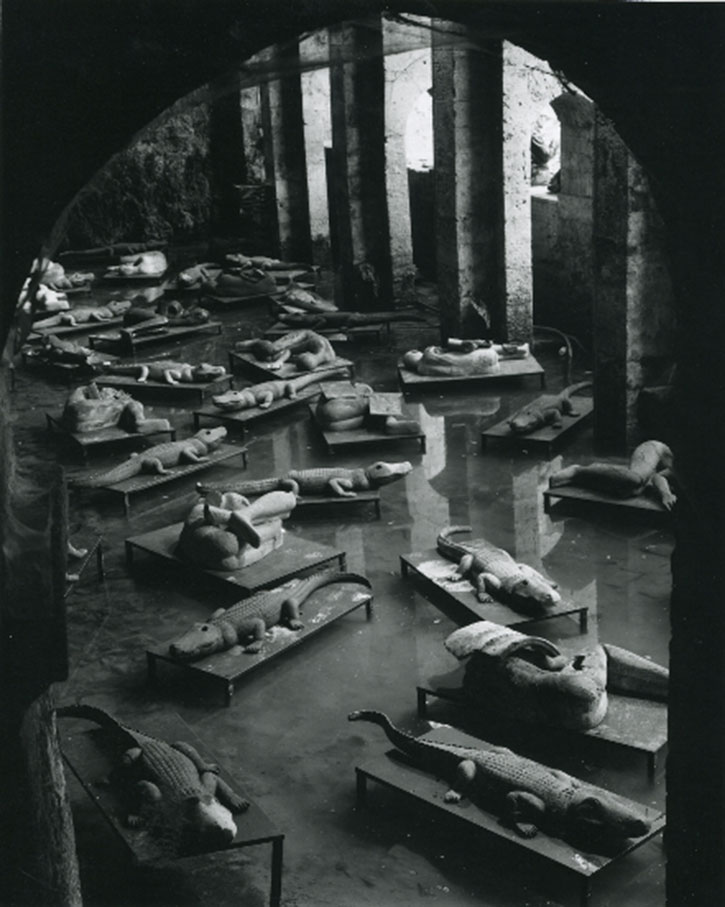
Following in the wake of the major one-man retrospective exhibitions showcasing the work of Giuseppe Penone, Antony Gormley and Jan Fabre, the pivotal point of this exhibition will be the superb setting of the Forte di Belvedere, one of the world's great stages for international art. The exhibition will be hosting the work of twelve artists who have achieved international renown and whose works now form part of the collections in the world's leading museums: Mario Merz (1925–2003), Giovanni Anselmo (1934), Jannis Kounellis (1936–2017), Luciano Fabro (1936–2007), Alighiero Boetti (1940-94), Giulio Paolini (1940), Gino De Dominicis (1947–98), Remo Salvadori (1947), Mimmo Paladino (1948), Marco Bagnoli (1949), Nunzio (1954), Domenico Bianchi (1955). This galaxy of masters embraces within its broad confines fully three generations of artists, from the neo-Avant Garde to the post-modern and beyond. To mark the works' close ties with the present day, with the past, and with the settings and works of that past, the exhibition will have a number of "extramural" appendices in some of the city's most important public buildings and museums: Palazzo Vecchio and the Gallerie degli Uffizi, Santa Croce and the Museo Marino Marini, the Boboli Garden and the Museo Novecento.
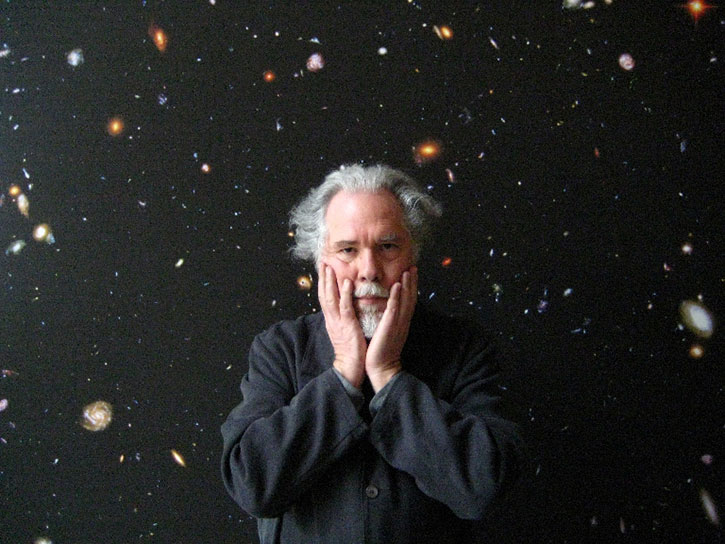
"It is a great pleasure to continue to cooperate with the Comune di Firenze in offering the city and the world exhibitions of international importance such as the Ytalia exhibition, in which many of the city's venues will be coming together for the first time to host the work of Italy's most important artists from the 1960s to the present day. For the occasion, work by Mario Merz, Jannis Kounellis, Luciano Fabro, Giulio Paolini, Alighiero Boetti, Mimmo Paladino and Domenico Bianchi is to be displayed in some of the most celebrated areas of the Gallerie degli Uffizi and the Boboli Garden in order to foster a dialogue with the great masters of the past. That same aim will be also shared by a major one-man exhibition devoted to the contemporary master Helidon Xhixha that is due to be held in the Boboli Garden this summer" said Eike Schmidt, Director of the Gallerie degli Uffizi. A similar degree of enthusiasm was voiced also by the President of the Opera di Santa Croce, Irene Sanesi: "With Ytalia in Santa Croce, art 'in the manner of today', as Vasari called the contemporary art of his own time, is returning to dialogue with the artistic, architectural and spiritual symbols of a past that transforms memory into commemoration and testifies vividly to the universal values in the furrow of history" and by Patrizia Asproni, President of the Museo Marino Marini: "The participation of the Museo Marino Marini in Florence in the Ytalia exhibition marks an important development in which dialogue between the past and contemporary art is designed to forge an innovative links among the city's institutions in a simple complexity that makes it possible to perceive events and developments which would otherwise escape our attention, and which culminate as a group in 'unbalancing' people's enjoyment of art. This time-lapse in Italy's artistic output encounters a 'holistic' dimension in the Marini museum setting, a dimension bolstered by the natural stratification of a museum which has been, and still is, a church, a factory, a shelter, a community."
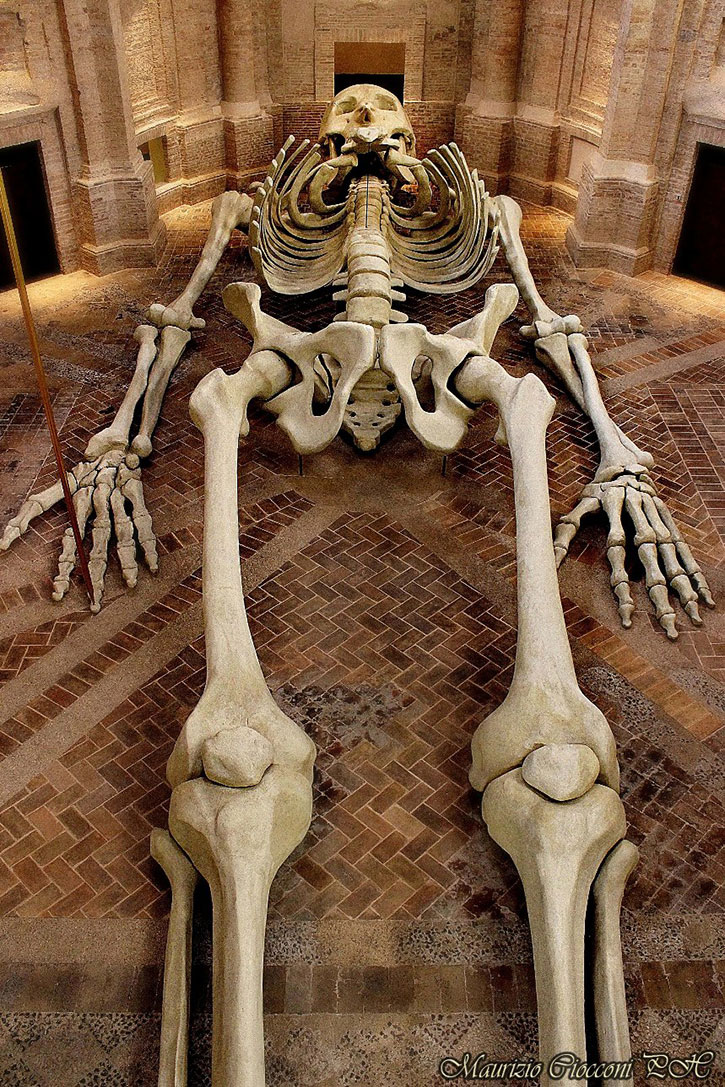
About a hundred works of art are to be showcased in some of the most highly symbolic settings that our city's cultural heritage can provide: places that are known, frequented and admired by thousands of people from all over the world every single day. The underlying aim is to breathe life into a fully-fledged museum of contemporary art spread throughout the city's historic centre, both indoors and outdoors, between the Middle Ages and the Renaissance, museums and gardens, funerary chapels and the spaces of political life, galleries and studiolos, cloisters and crypts, in order to impart continuity in the dialectic of forms and concepts to the common figurative koinè that has been forged within Italy's borders over many centuries. With Ytalia, Forence in this instance is eager to bolster its image as a city aware of the contemporary essence of art, a city that works with artists in reflecting on civic history and artistic heritage, on the great cultural legacy of the past and on society today, on the enduring presence of myths and fables, on common archetypes and different iconographical traditions, on the osmosis between the artisan and the artist, between the arts and the sciences, between sacred science and anthropology.
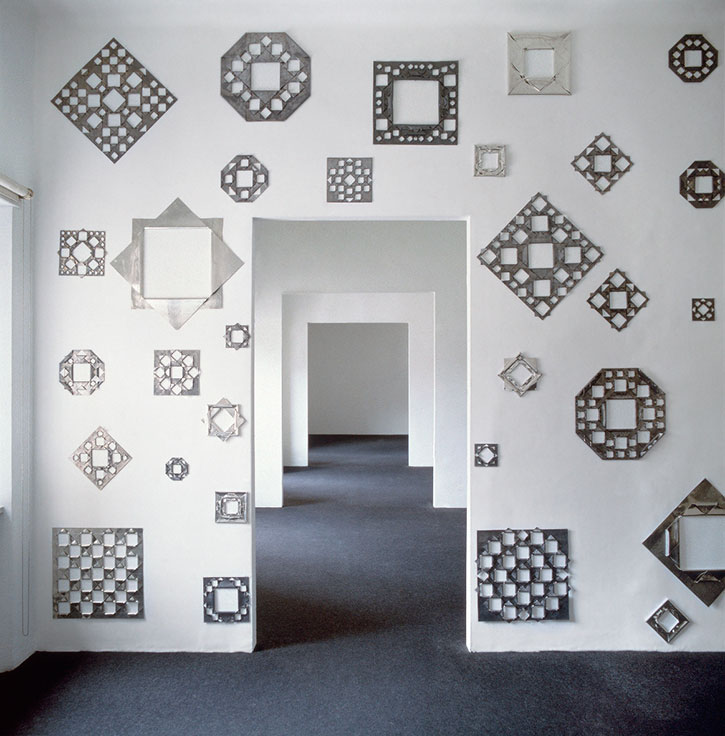
Three key words – energy, thought, beauty – serve as signposts in the search for common formal values, between assonance and conceptual differences and techniques, and for linguistic and extra-linguistic materials. The salient element is the belief that each one of these artists operates within a framework of tension between the finite and the infinite with the conviction that he is uniting heaven and earth, the anthropological and metaphysical dimensions, life and death, the conscious and the unconscious, and that every moment or level in the imaginative and creative process is connected in form, and is fully resolved in form, through a complex dialectic of energy and thought, of mind and body, of earthly perception and transcendental intuition. Yet that tension and dialectic is ultimately placated and sealed in the irreproducible result that is complete formal beauty, where "everything is linked": matter and spirit, the visible and the invisible; a beauty that says everything and explains everything, that convokes and evokes; a beauty that is a horizon at once of departure and of arrival, both within and without the time of history and of our daily lives.
_WEB.jpg)
At the Forte di Belvedere, on one of the bastions overlooking the city, visitors will discover Gino De Dominicis' Cosmic Magnet, on exceptional loan from the Fondazione Cassa di Risparmio di Foligno, where the work has been housed for several years. This monumental skeleton (some 24 metres tall) will be ideally aligned with the dome of Florence cathedral, instantly projecting all human consideration and perception into the infinite bounds of cosmic nature and of the spirit of the divine, of eternity and immortality. The image of a time even more remote than our own past, already linked to a future into which Ytalia's artists peer as they set out afresh from the experience of our past, of both Renaissance and latter-day humanism.
_WEB.jpg)
To mark the Ytalia exhibition, a number of artists have been asked to produced site-specific works to dialogue with the setting hosting them, as in the cases of Giovanni Anselmo, Giulio Paolini, Remo Salvadori, Mimmo Paladino, Marco Bagnoli, Nunzio and Domenico Bianchi. In other instances, new layouts will in every case be presented to display works with a consolidated history of their own in settings of outstanding historical and artistic value, as in the case of Jannis Kounellis' No Title, on display in Palazzo Vecchio, in the Hall of Lilies or Sala dei Gigli only a short distance from Donatello's Judith and Holofernes; of Luciano Fabro's Expired and Giovanni Anselmo's Detail , exceptionally on display in Santa Croce inside the Pazzi Chapel designed by Brunelleschi; of Giulio Paolini's Elegy set in the Room of Venus in the Galleria Palatina in Palazzo Pitti, in dialogue with Antonio Canova's marble masterpiece "The Italic Venus"; of fully six Kilim (From One to a Thousand and Vice-Versa) and two Maps by Alighiero Boetti in the Room of the Niches in Palazzo Pitti; of the monumental painting entitled Wood Giants and Towards the Zenith by Mario Merz in the Galleria d’Arte Moderna, also in Palazzo Pitti; of Mimmo Paladino's Drift resting on the water of the Fountain of Neptune in the Boboli Garden and his Geometric Chant in close dialogue with the architecture of Leon Battista Alberti in the Rucellai Chapel; and of Antimatter, a picture in wood and palladium by Domenico Bianchi in the Galleria Palatina, displayed in the temporarily empty frame of Raphael's Madonna dell’Impannata which is currently undergoing restoration. Similarly, at the Museo Marino Marini, in the crypt and in some of the adjacent spaces, Mimmo Paladino and Nunzio will be producing a number of site-specific wall works, while the new rooms in the Museo Novecento will be hosting a novel juxtaposition between the work of Alighiero Boetti and Gino De Dominicis, including Bringing the World into the World and Sphynx.
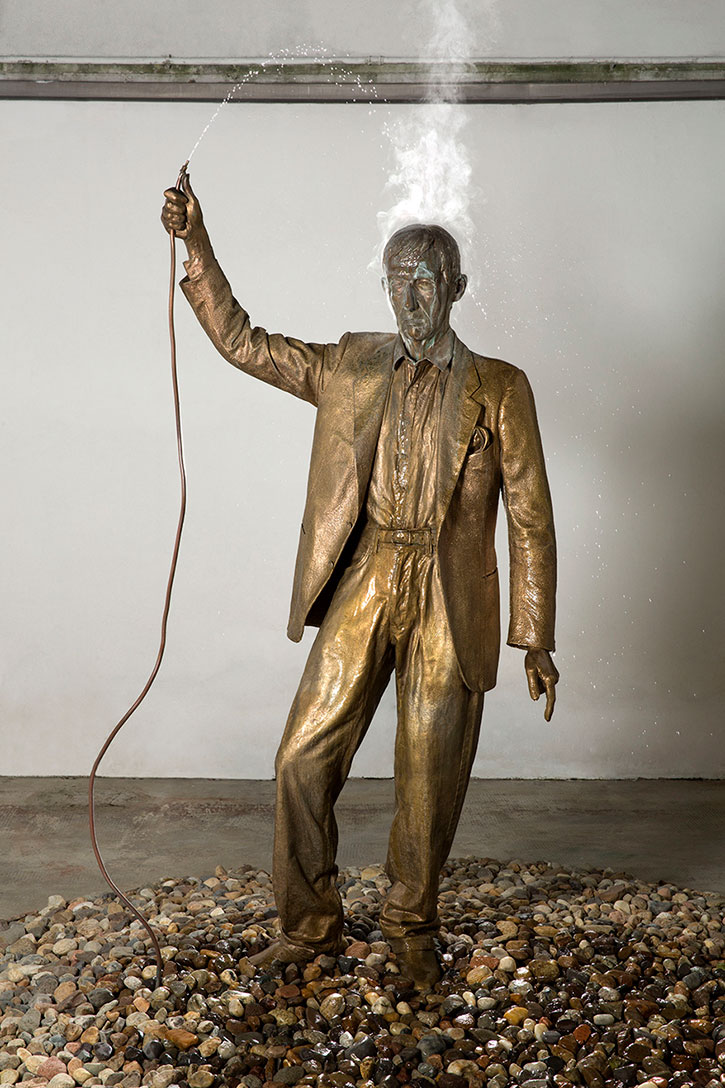
The exhibition will also be showcasing work by Remo Salvadori comprising two new large-scale metal sculptures entitled Amphora and Model and Man Hearing, purpose-designed for one of the bastions of the Forte Belvedere, and In the Moment, geometrical shapes in lead, tin, copper and silver installed on the four outside walls of Buontalenti's Palazzina. Also up at the Forte di Belvedere, but in the garden behind the fort and in line with the façade of San Miniato al Monte, Marco Bagnoli will be installing his Noli me tangere, a fountain consisting in a parabolic basin in polished steel and a monumental figure rough-hewn in pure Carrara marble.
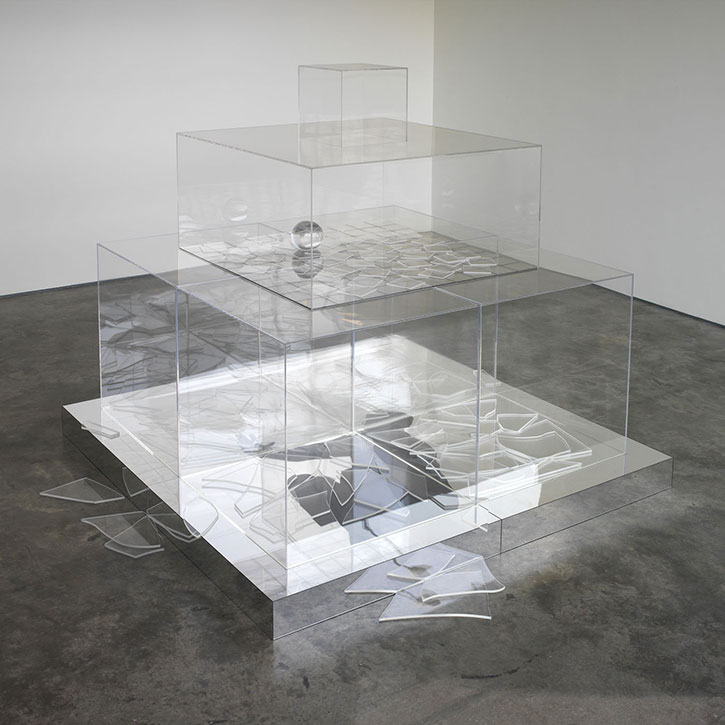
Thus far from adopting a simple historical approach, the exhibition will offer visitors the chance to discover the works "in connection" with their context and with history, in the evolution of styles and creativity from the works of the 1960s right up to the site-specific works of today, in an eccentic cycle of comparisons and dialectic relationships that is renewed with what the exhibition offers today's visitor. Certain common features, shared values, and substantive differences, between inspiration and formal process, emerge in the project as a whole, as do situations peculiar to Italian art history in which individualism predominates, continuing to seal every exemplary form of experimentation.
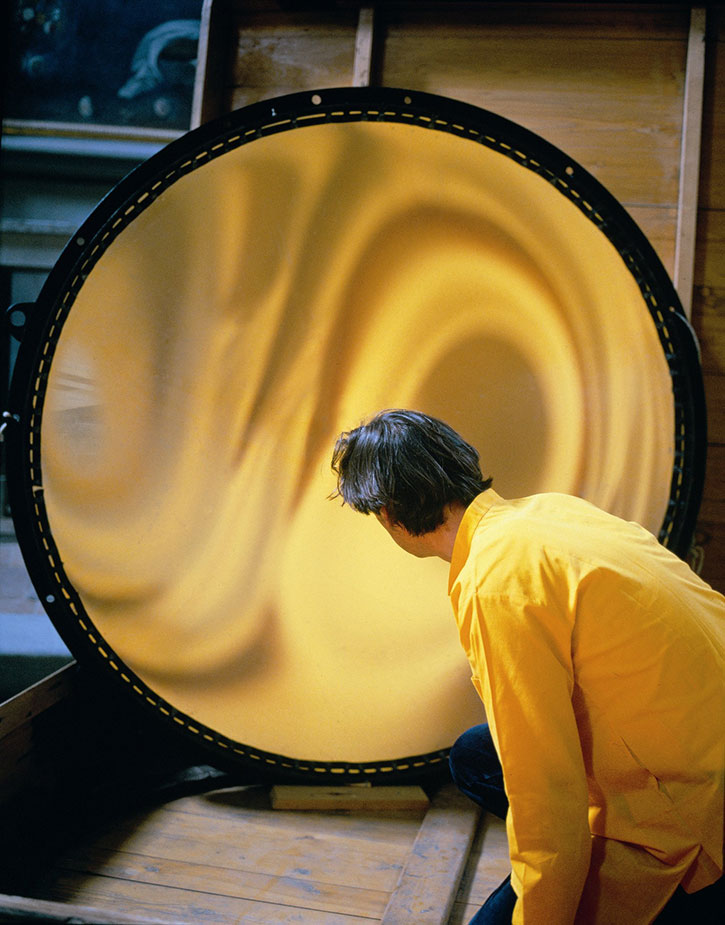
The exhibition will be accompanied by a catalogue (published by Forma) providing detailed and extensive documentation on each artist, each installation and each site, in an operation involving Italian art critics and scholars, and with a series of thematic essays. The essays of exhibition curator Sergio Risaliti, of Marco Bazzini, Michele Bonuomo, Rudi Fuchs, Giovanni Iovane and Italo Tomassoni are joined by preparatory essays devoted to the individual artists penned by Carolyn Christov-Bakargiev, Valentino Catricalà, Lara Conte, Lorenzo Giusti, Elena Magini, Gianfranco Maraniello, Gaspare Luigi Marcone, Helga Marsala, Arabella Natalini, Bartolomeo Pietromarchi, Ludovico Pratesi and Andrea Viliani.
Location: Florence, Forte di Belvedere
Date: 2 June – 1 October 2017
Exhibition venues: Forte di Belvedere, Palazzo Vecchio, Galleria delle Statue e delle Pitture degli Uffizi, Galleria Palatina, Galleria d'Arte Moderna di Palazzo Pitti, Boboli Garden, Monumental complex of Santa Croce, Museo Marino Marini, Museo Novecento.
MORE INFO
forse ti interessano...
Le grandi fotografie di LIFE in mostra a Milano
Martedì 2 dicembre 2014 alle 19.00 Leica Camera Italia inaugura presso Leica Galerie Milano ...leggi
Begoña Rentero e i suoi gioielli voluttuosi e indomabili
I gioielli dalla firma Rentero, hanno principalmente forme organiche e si caratterizzano per il ...leggi
Premio Arte Carlo Farioli. In-stabili Equilibri
Il tema del concorso In-stabili Equilibri vuole indagare la condizione del panorama contemporaneo, ...leggi
Ugo La Pietra, Progetto Disequilibrante
La Triennale di Milano ospiterà per tre mesi la prima grande mostra monografica sul lavoro di Ugo ...leggi
Fusione tra tradizione e mondo contemporaneo
La produzione di gioielli di Nahiot Hernandez è un modo per esprimere la sua percezione del mondo ...leggi
Korea Foundation Cultural Center 2014
.Bijouets selezionato per la mostra "Italian Design Meets Jewellery" a Seoul. Il marchio che fa ...leggi
AL DI LÀ DELL’ACQUA di Massimiliano Camellini
a cura di Manuela De Leonardis e Andrea Tinterri SPARC* Spazio Arte Contemporanea Campo Santo ...leggi











 _bacLista.jpg)



